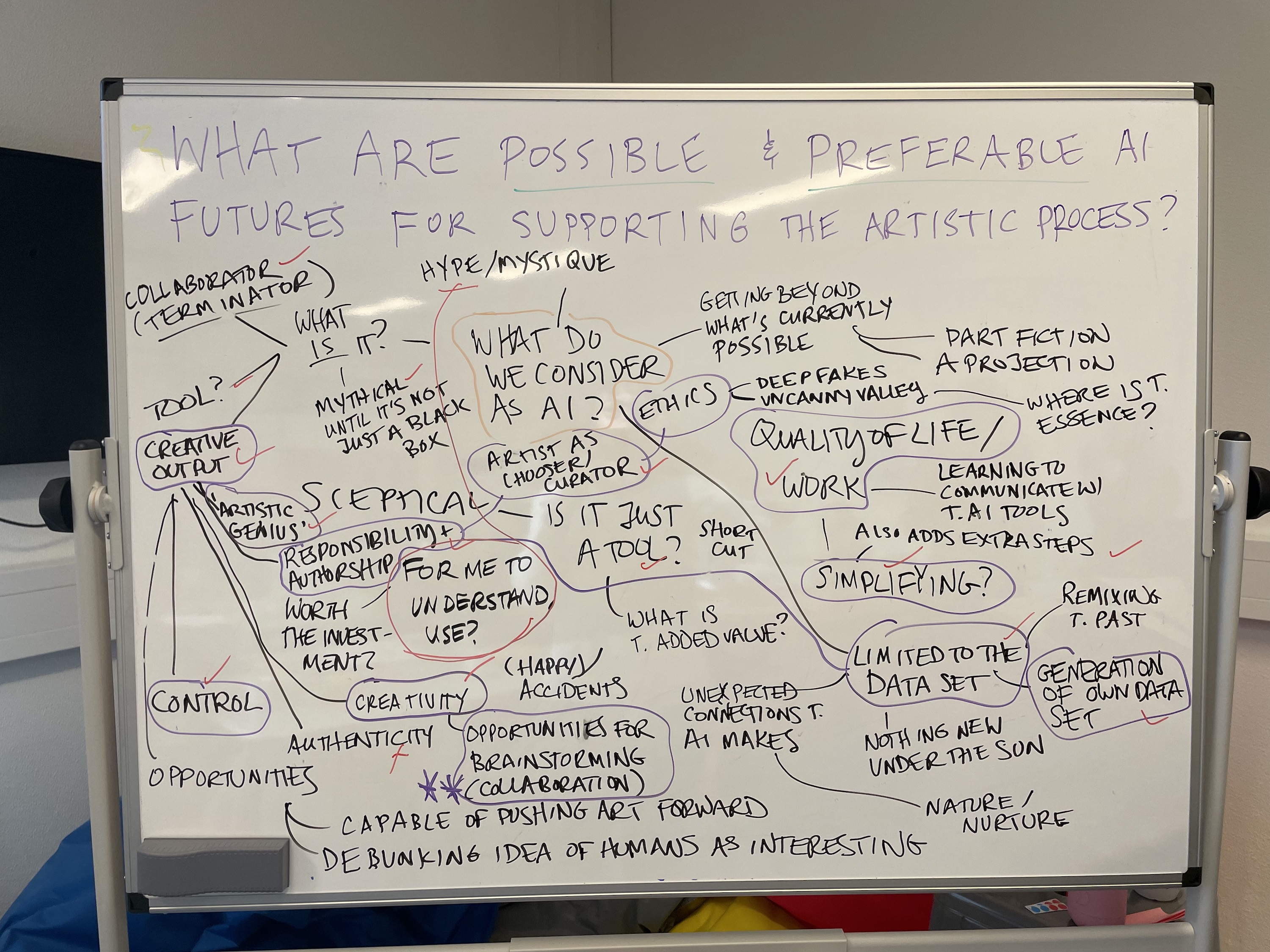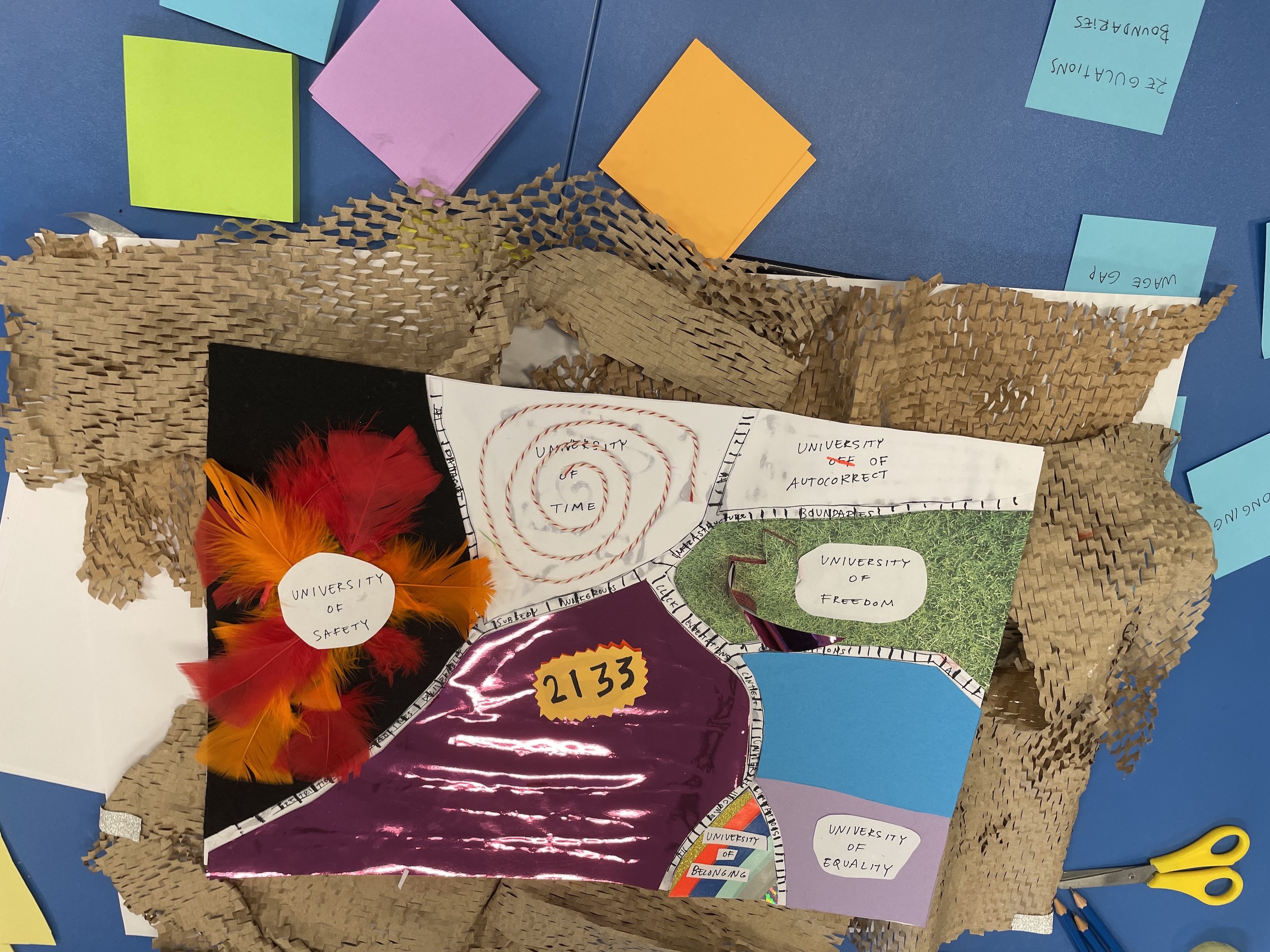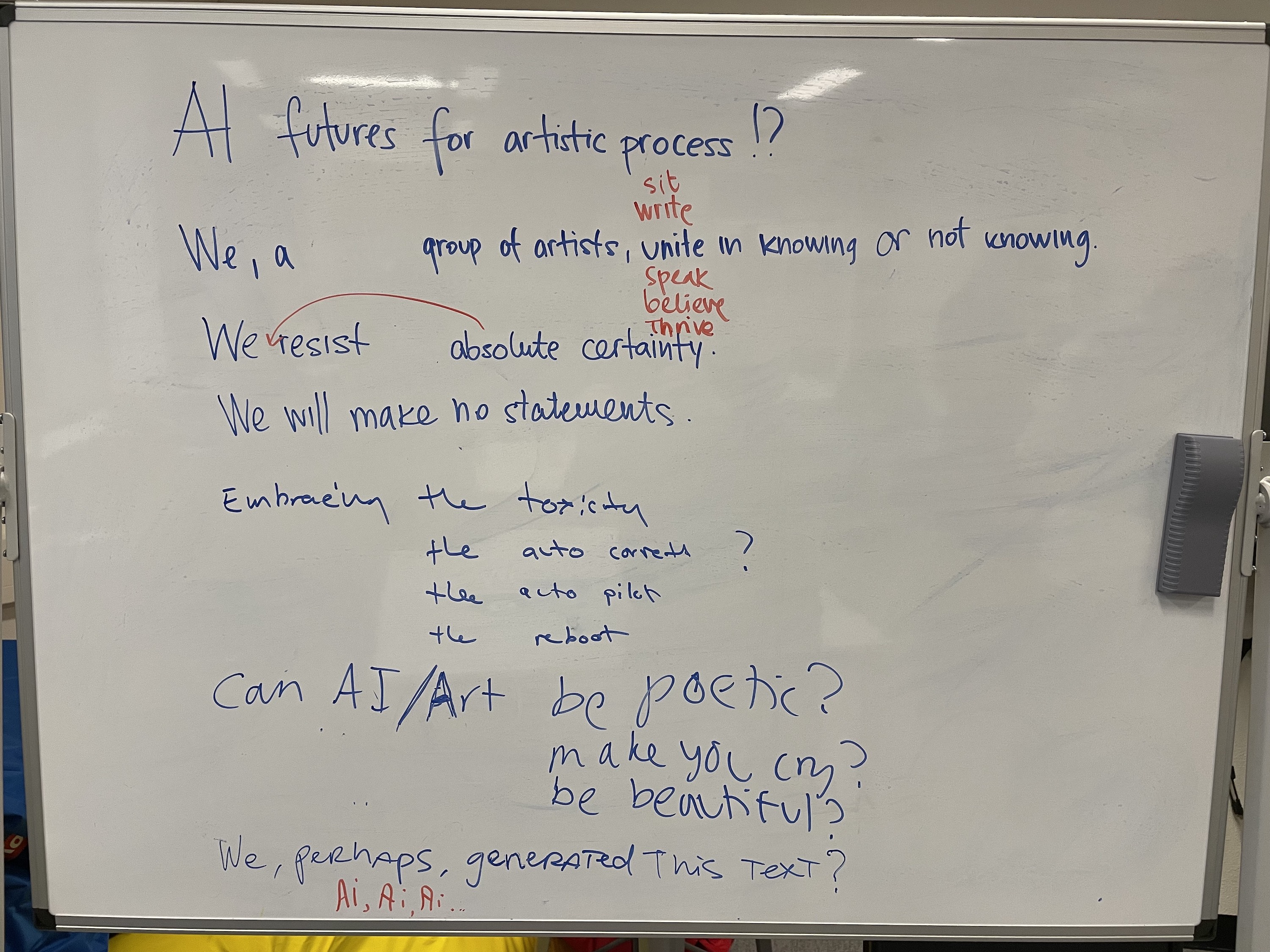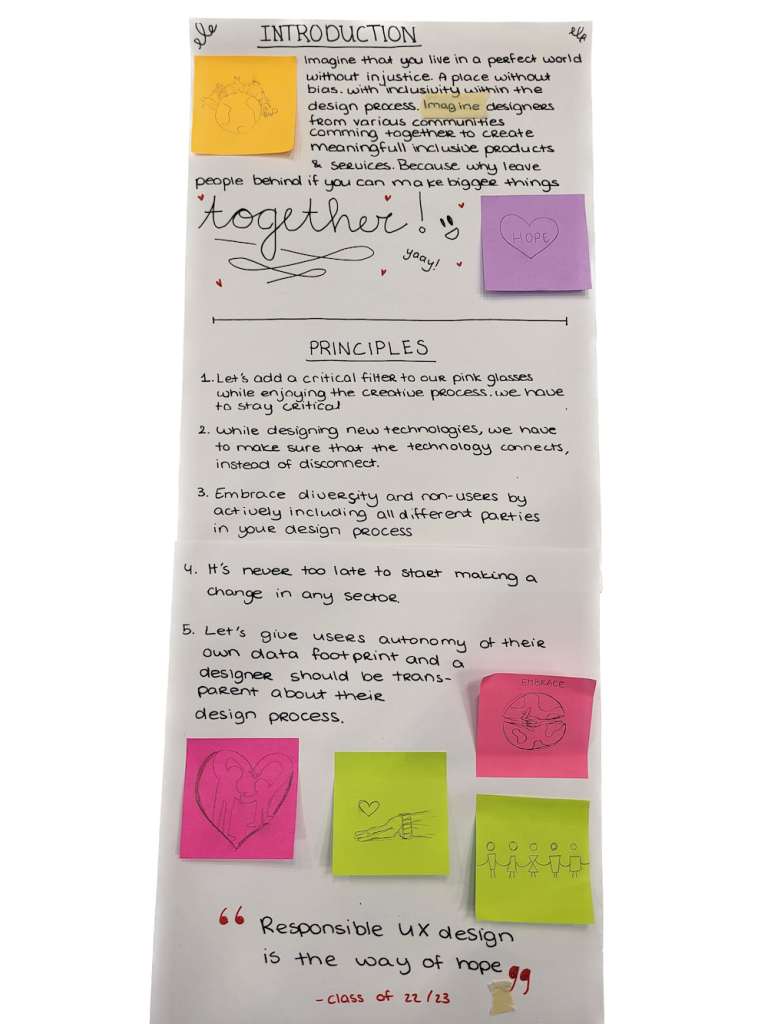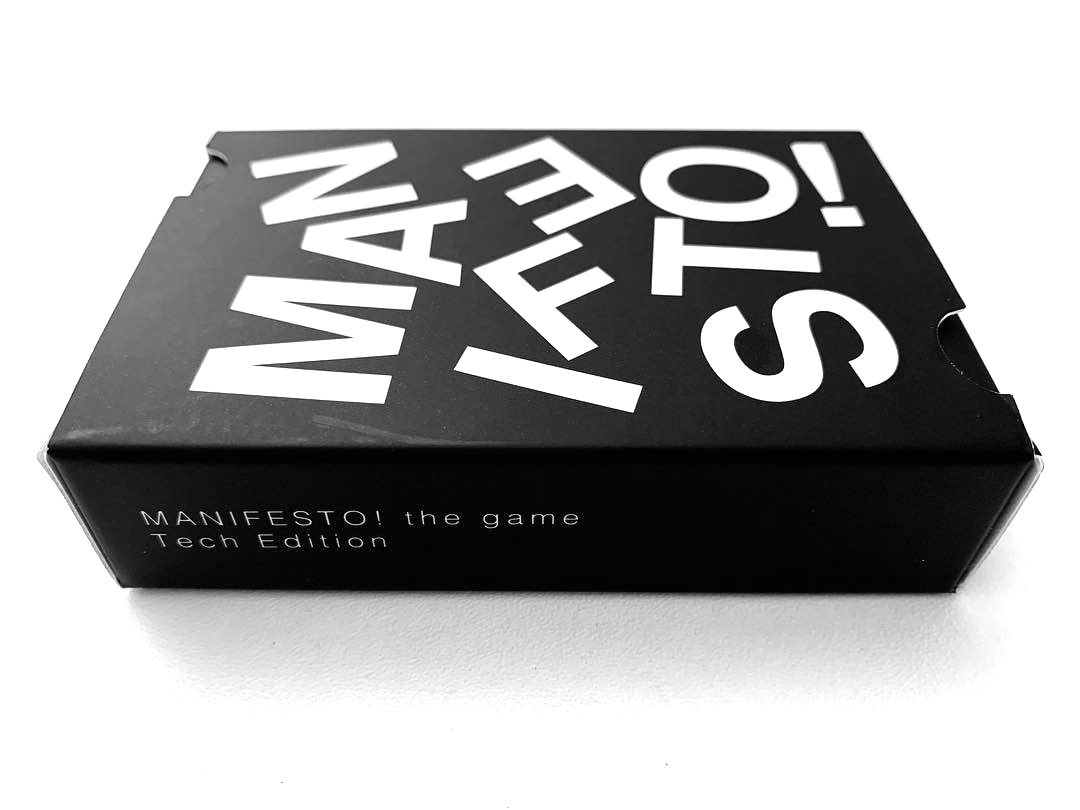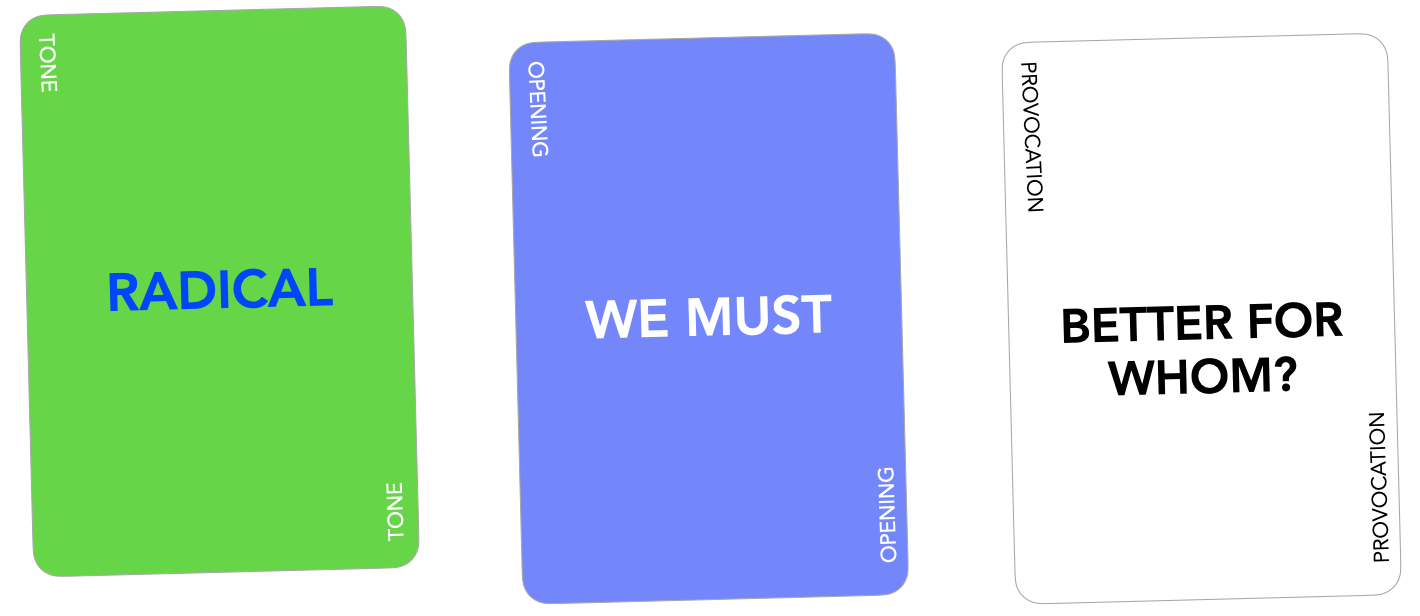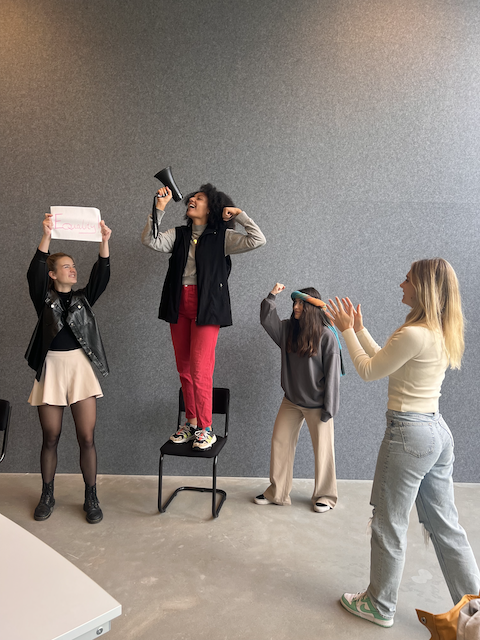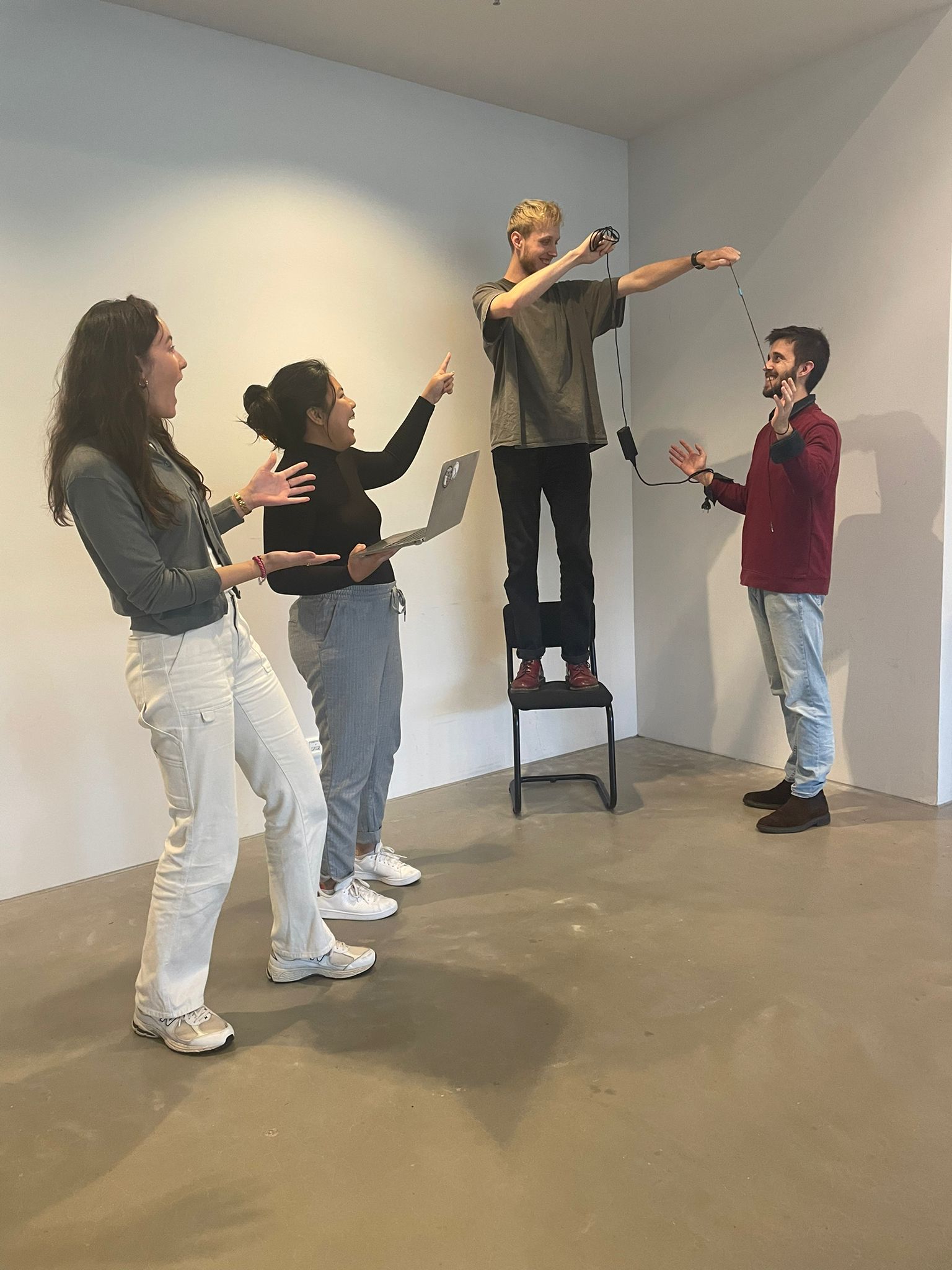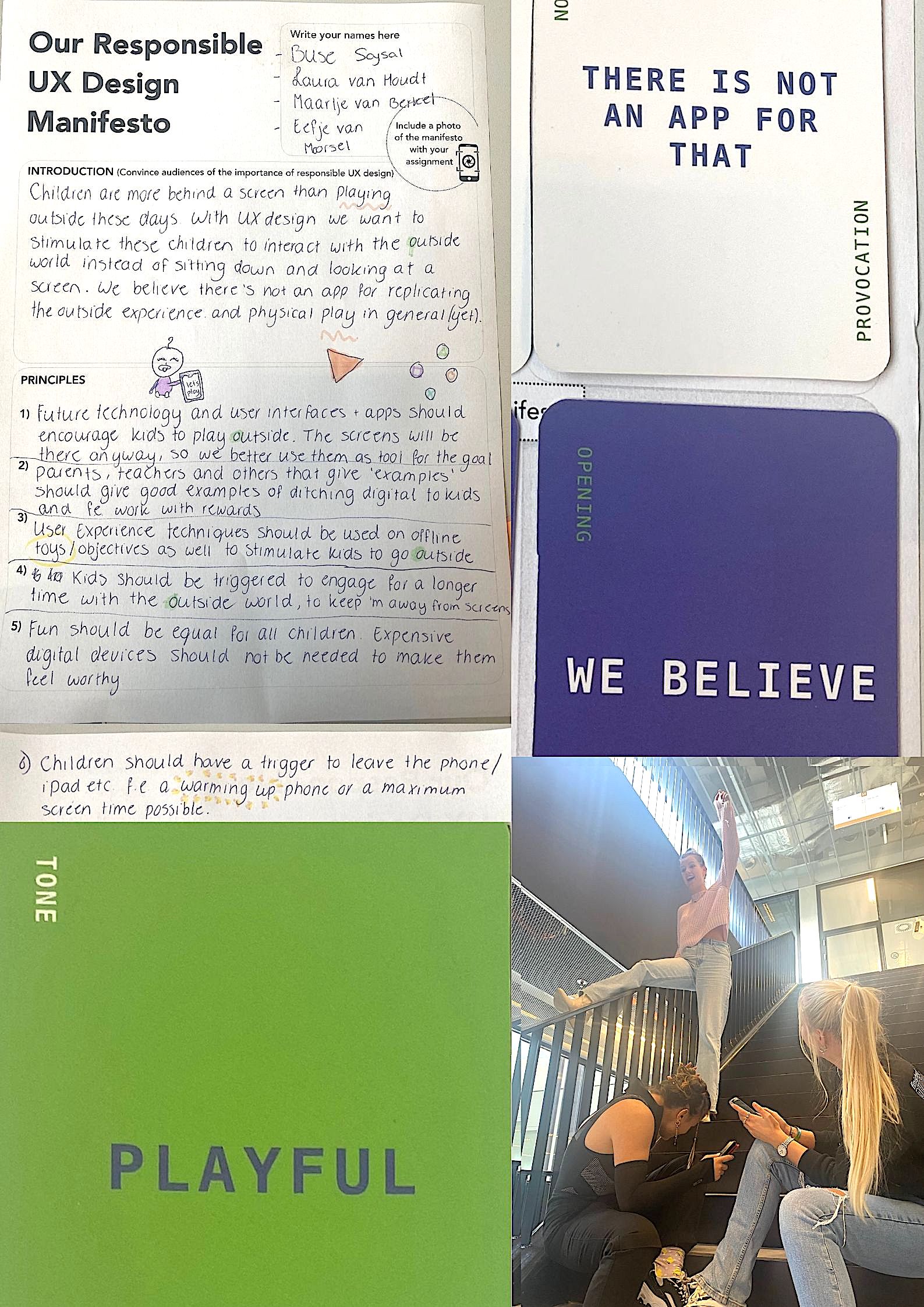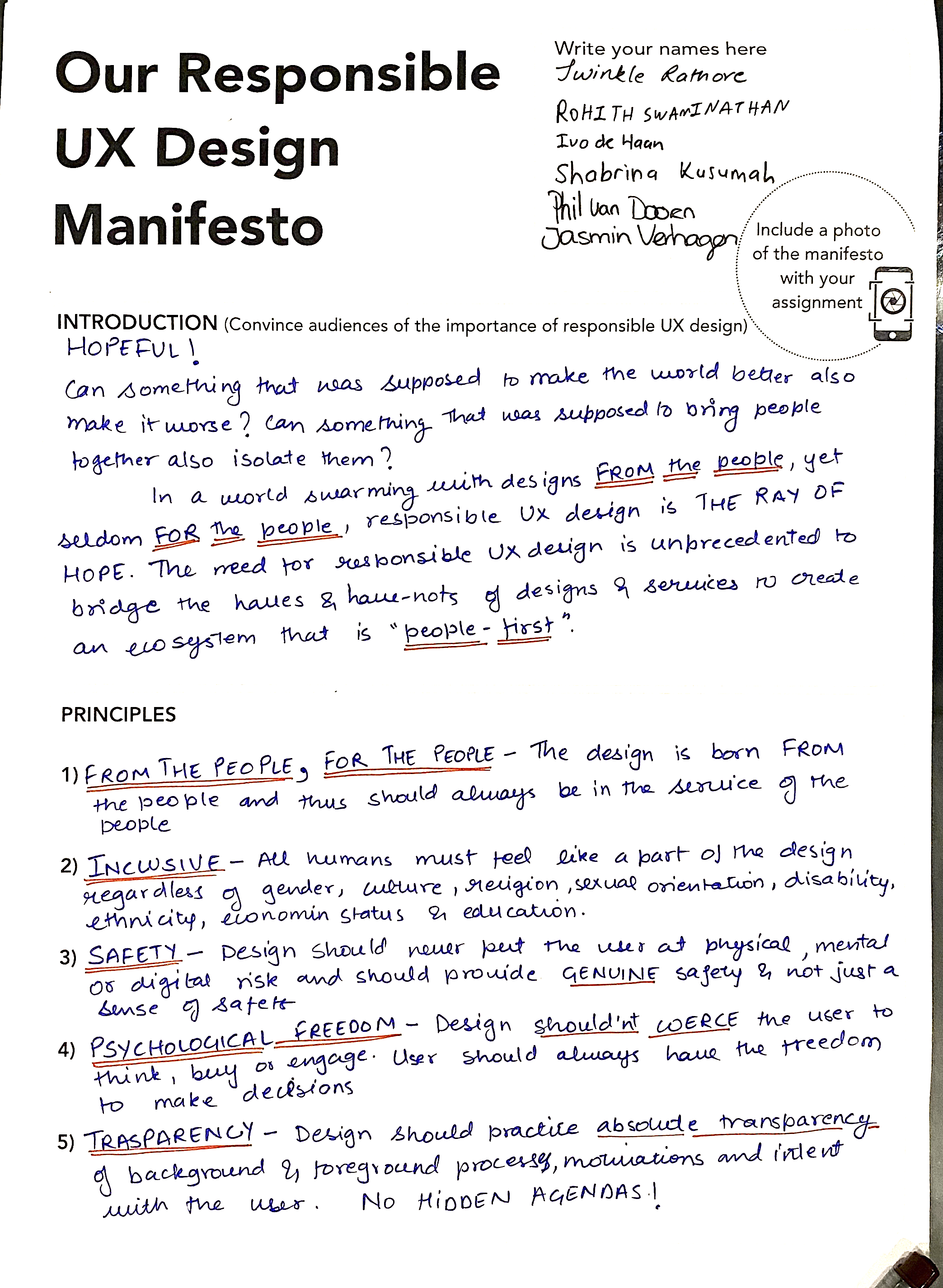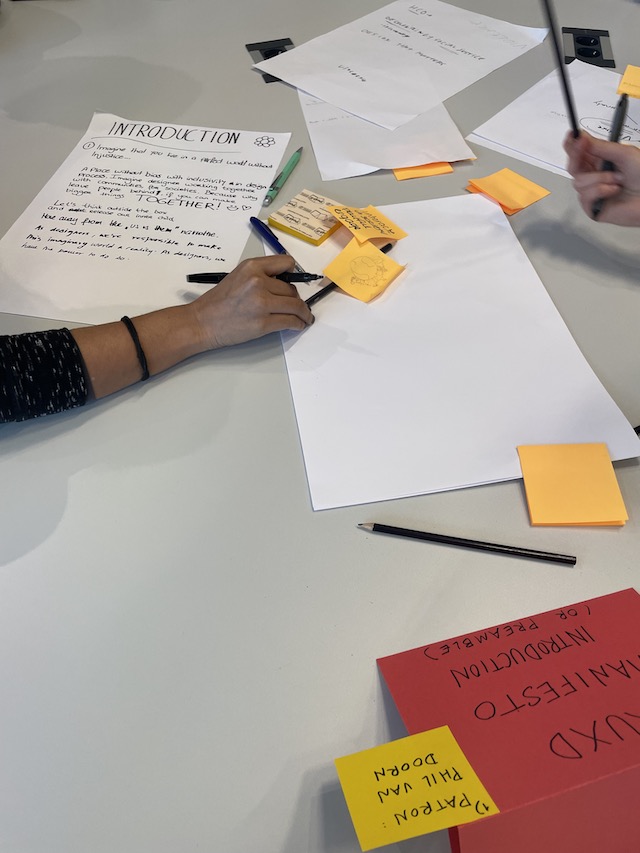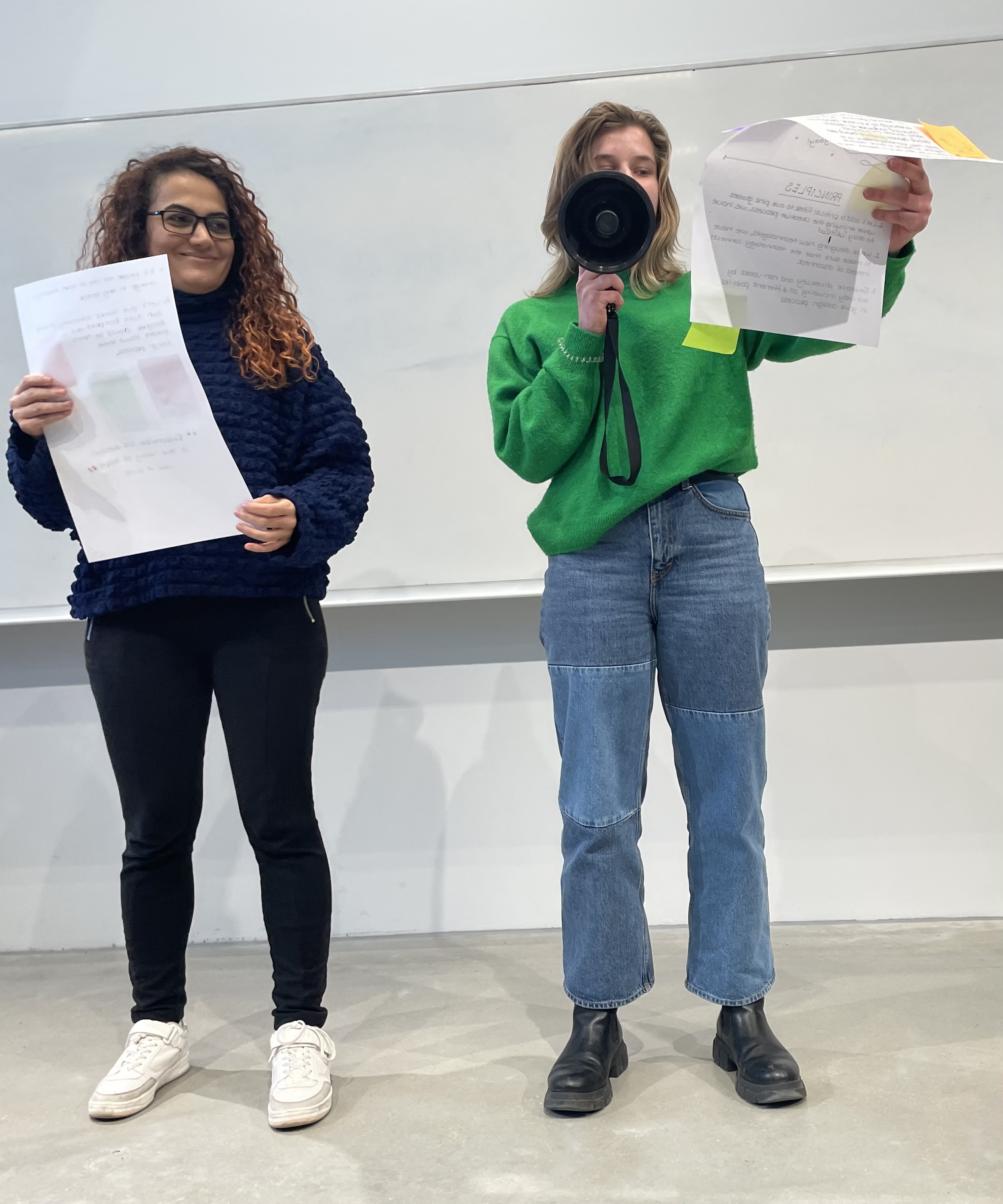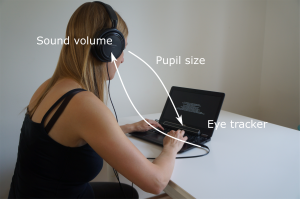By Renske van Enschot
In our Master course Interactive Storytelling, students create their own strategic interactive digital narratives. In these interactive narratives, readers become interactors who can engage with the characters, choose which storyline to follow, which perspectives to explore. The design of the interactive narratives is justified by theories about the experience and effects of (interactive) narratives.
In the ’23-’24 edition of the course, the theme for all interactive digital narratives was unsung heroes. Some stories are all over the news. Daily updates on the war in Ukraine, the effects of climate change, successes at big sports event, you name it. Other stories remain hidden. Our students were asked to focus on such a hidden story. A story of an unsung hero. A person who makes a real difference in the world but has been unnoticed. Our students designed admirable interactive narratives about a wide range of unsung heroes, from social workers and caregivers to combat photographers. All their interactive narratives give these unsung heroes the spotlight that they deserve.
Two interactive narratives let you step into the shoes of a social worker. Beneath the Surface focuses on the tremendous impact of social workers on their clients. This interactive narrative lets you help a recovering drug user get back on his feet again or assist Tyler in finding a safer home, away from his abusive mom. As a social worker in this game, you’ll face real-life challenges and make critical decisions that impact the lives of the clients you encounter. Social Heroes helps you understand how social work – involving many tough challenges – affects the social worker’s emotional well-being. You will learn how to comprehend and support a loved one who works as a social worker.
In recent years, people have increasingly been diagnosed with social anxiety disorder. People have become more aware of its existence, but is this enough to recognize the signs before a person is diagnosed? What is it like to witness such signs up close? Silent Struggles is an interactive digital narrative where you get the chance to experience a day-to-day life with your partner, Jamie, who has been behaving strangely. Will you be able to discover where those symptoms may come from? How will you navigate through these struggles together?
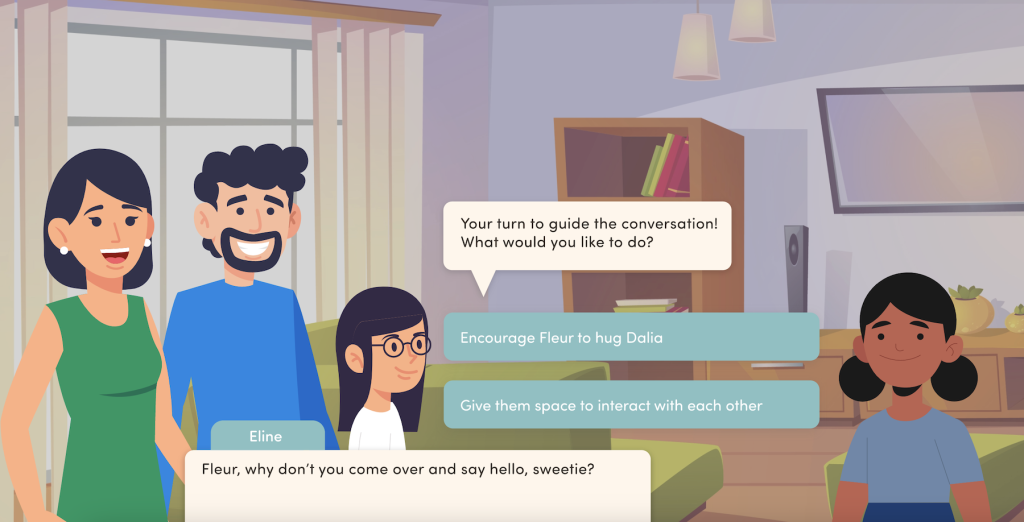
Screenshot from ‘A Loving Home & A Hopeful Heart’ interactive narrative
In A Loving Home & A Hopeful Heart, you will step into the shoes of Eline, as she and her partner open their home and hearts to a foster child. The road ahead may be filled with challenges, but they are ready to face them head-on. This interactive narrative not only offers you a glimpse into the lives of these remarkable individuals but also sheds light on the unsung heroes and victims within the foster care system. This interactive narrative hopes to inspire adults to become foster parents, making a profound difference in the lives of children who deserve love and stability.
Discover the story of Natasja, a kindhearted person who, motivated by her personal struggles, sets out on a quest to provide comfort and support to those in need. As you progress through the interactive narrative Woven Warmth, you will realize that even the smallest actions can have a huge impact and warm the hearts of the underprivileged and homeless people.
In Pollinator Paradise, you play the role of a homeowner trying to revitalize the bee population in their neighborhood. Bees are essential to our ecosystem but under threat due to habitat loss, chemical pesticides, invasive plant species, diseases and parasites, and climate change. By interacting with this interactive narrative, you become more attentive of the importance of a bee-friendly garden.
Animal Shelter makes you aware of all the difficulties involved in running an animal shelter. In this interactive narrative, you play the role of the temporary volunteer office manager for the Hart van Brabant animal shelter. You are in charge of making sure the animal shelter has enough money, ordering supplies, and managing the day-to-day operations at the shelter.
In the interactive narrative The Saviour of Mothers, you will find out how, in the 19th century, doctor Ignaz Semmelweis discovered the cause of so many women dying after child birth. You will go on a quest yourself trying to find out what is going on. This interactive narrative is aimed at students interested in the medical field to inspire curiosity and to better the treatment of patients and potentially save lives.
Pictures of the effects of war are seen by people all over the world on a daily basis. But have you ever wondered about the person behind the camera? Frame of War is an interactive narrative that allows you to see the point of view of a combat photographer. This narrative does not only show you the dangers of entering a combat zone, but also the story behind it. Will you choose for safety and perhaps go home empty-handed, or are you brave enough to take big risks to snap a picture for the front page of a big newspaper?

